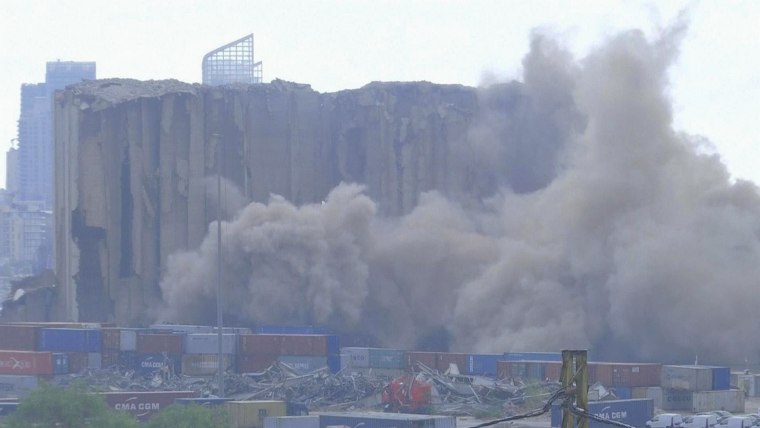


We just found out what's going on, and I want him to talk to you.Īnd he put him on, and he told him. He said, I'm going to put Airman Powell on. It just turned white.Īnd he said, you need to tell the command post what you did because they're going to have questions. And the commander just- I could still picture his face. And it punched a hole in the side of the missile. We cannot figure it out.Īnd that's when, as he was crying, he basically said, I dropped a socket off the end of the wrench. And that's when the commander went- he said, you need to tell us what is going on out there. Enough oxidizer and fuel to carry a 330,000-pound missile across the ocean would smash together underneath a nuclear warhead.Īnd Rodney asked them again, what happened? What do you guys know that we don't know? And Airman Powell started crying. Or in the missile's case, it would collapse under its own weight. And if enough fuel leaked out, it would go flat. The Titan II's fuel tanks were pressurized, like a tire. On the other side of that gap, Allan Childers and the rest of the command staff were left to scramble desperately, frantic to figure out what was wrong.Īll of that mattered because, if all the fuel leaked out, it's not like the missile would just sit there empty. That created a crucial knowledge gap in the room. Jeff Plumb made his own version of that decision, which was to keep quiet and follow Powell's lead. He told them there was smoke in the silo, but nothing about the hole they had punched in the missile. It was the kind of choice you make when you're afraid of getting in trouble.

To be clear, faced with the fuel gushing out of the missile and now the command center firing questions at them, Dave Powell made a choice. The only thing I remember saying to David was, this is not good. I just- I couldn't believe what just happened. And the next thing you know, I just seen fuel spraying out. It just happened that when this socket fell, it went down 70 feet, 80 feet, whatever it was there, and it bounced off the thrust ring that the missile sat on, just this big giant round ring.Īnd when it fell, it picked up maximum speed and hit the top of that thrust ring and just ricocheted into the side of the missile. It wasn't the first time that we ever dropped a tool and watched it fall. You know, it was just it bounced, and it was gone. You know how you would- or one of those old drinking games where you bounce something and land it into the hole perfect. It was almost like- it was like somebody playing Tiddlywinks or something. It was like it bounced, and it landed perfectly in the gap, you know. One involves ships.įrom WBEZ Chicago, it's This American Life. They're mistakes that, at most jobs, would mean nothing, mistakes maybe you've made yourself. In both of these stories, the slip-ups that people make are so small. Today on our program, we have two stories like that. And so you can make mistakes on a scale the rest of us can't. Fortunately, most of us work jobs where the mistakes we make do not result in millions of people dead or anybody dead.īut if you work for the US military, even when we're not at war, you can be surrounded at your job by gear whose whole purpose is to kill people. This kind of mistake, the technician who put the training exercise into the computer, is squarely in the category of human error.Īnd human error mistakes are especially terrifying because you never can fully do away with them. It was later discovered that a technician had accidentally put a training exercise into the computer simulating a full-scale attack. Fighter jets took off.īefore the president was asked to decide whether to retaliate, one person, a watch commander, thought something was not right and threw on the brakes. Crews responsible for launching our missiles were put on highest alert. The military response was fast and dramatic. In November 1979, at the Nuclear Defense Command Headquarters inside Cheyenne Mountain in Colorado, computer screens suddenly showed that Soviets had launched nuclear missiles, hundreds of them, a full-scale attack on the United States.


 0 kommentar(er)
0 kommentar(er)
